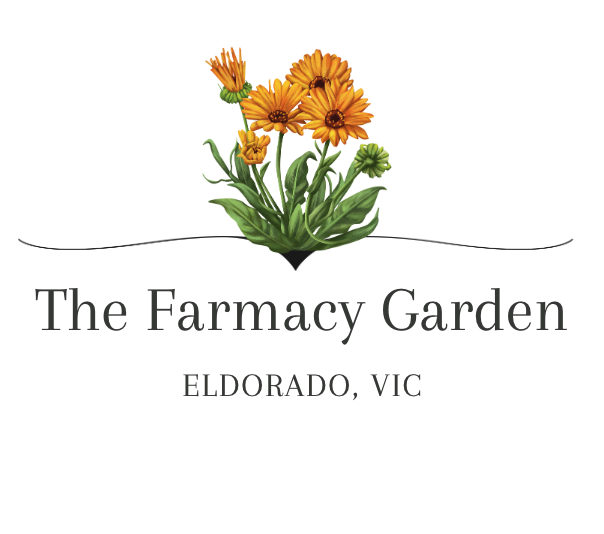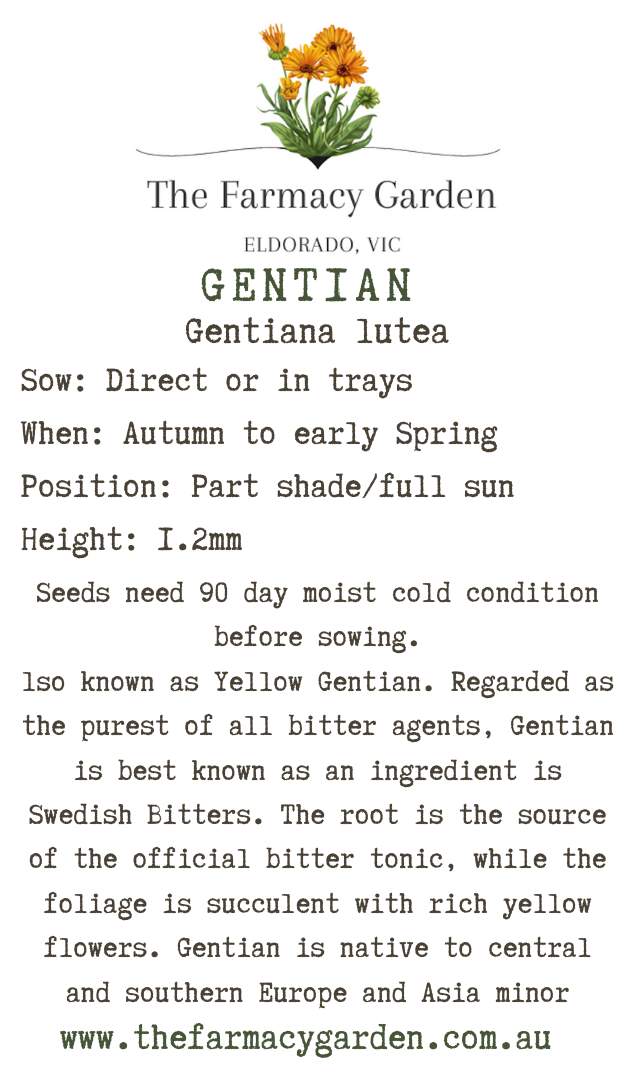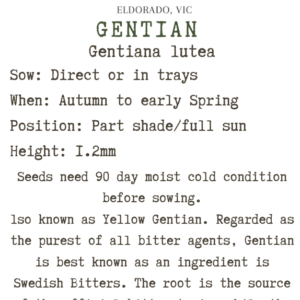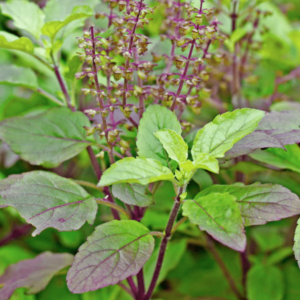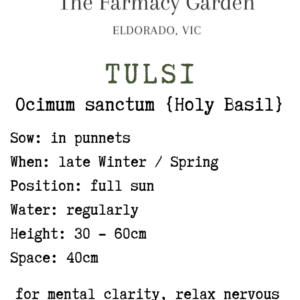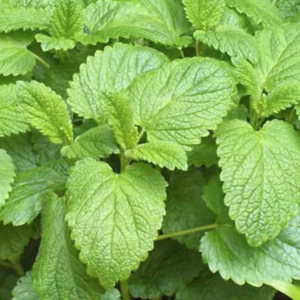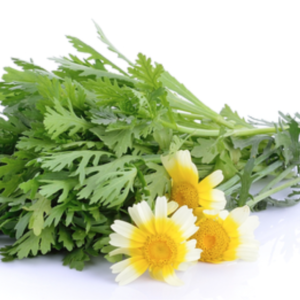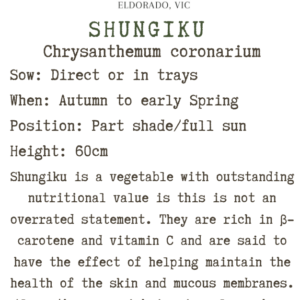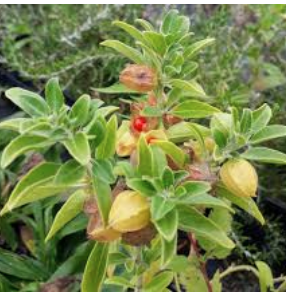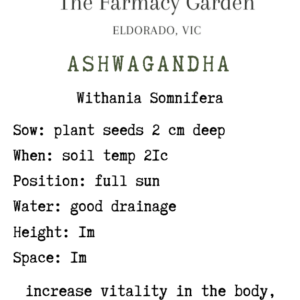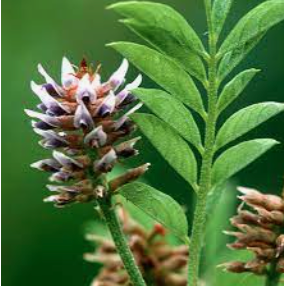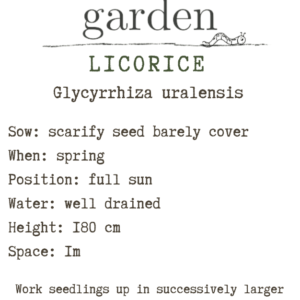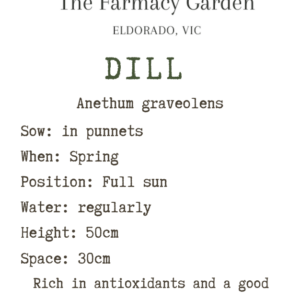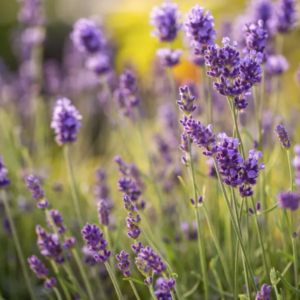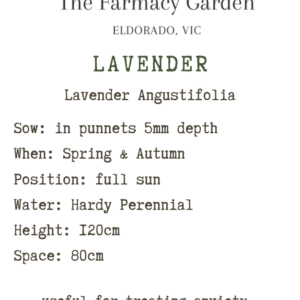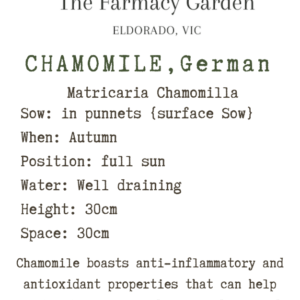Gentian Seed, Gentiana lutea
$8.50
Gentiana lutea of the Alps is prized for its yellow flowers; its root is locally considered medicinal and is used to flavour herbal bitters and aperitifs.
Gentiana lutea of the Alps is prized for its yellow flowers; its root is locally considered medicinal and is used to flavour herbal bitters and aperitifs.
Gentian is an herb also known as Bitter Root, Bitterwort, Gall Weed, Geneciana, Gentiana acaulis, Gentiana kochiana, Gentiana lutea, Gentianae Radix, Gentiane, Gentiane Acaule, Pale Gentian, Racine Amère, Stemless Gentian, Yellow Centiyane, Wild Gentian and other names. Gentiana lutea, the great yellow gentian, is a species of gentian native to the mountains of central and southern Europe.
GROW: Seeds can be sown at any time but are best sown in winter or early spring to benefit from a cold spell in the wet compost to break their dormancy. We advise covering seeds very thinly with sand or fine grit to about the depth of the seed size. A perennial herb growing to 100cm high with large lance-shaped leaves and clusters of long-lasting pure yellow flowers. gentians require a moist well-drained soil in a sheltered position, a certain minimum of atmospheric humidity, high light intensity but a site where temperatures are not too high. A slow-growing plant, it takes many years to reach its full stature. A moisture loving plant, growing well by water, it prefers to grow with full exposure to the sun but with plenty of underground moisture in the summer and it grows better in the north and west of Britain. Plants are very deep-rooted and are intolerant of root disturbance. They are very long lived, to 50 years or more. A very ornamental plant, it takes about 3 years to reach flowering size from seed
HARVEST: harvesting is carried out only in summer. The plant has deep and branched roots which are exactly the part people use of the plant. The root extraction occurs by digging around the plant and pulling it upwards (increasingly isolating the root from the surrounding soil) taking the utmost care not to break the root. In case of breakage it becomes much more difficult and in some cases impossible to recover the portion of root left in the ground. However, it is known that the torn roots, when left in the ground, can generate other plants.
USE: The root of the plant and, less commonly, the bark are used to make medicine. Gentian is used for digestion problems such as loss of appetite, bloating, diarrhea, and heartburn. It is also used for fever and to prevent muscle spasms. Gentian is applied to the skin for treating wounds and cancer. Gentian is used in combination with European elderflower, verbena, cowslip flower, and sorrel for treating symptoms of sinus infections (sinusitis). In foods and beverages, gentian is used as an ingredient.
Related products
Medicinal Herb Seeds
Flower Seeds
Flower Seeds
Flower Seeds
